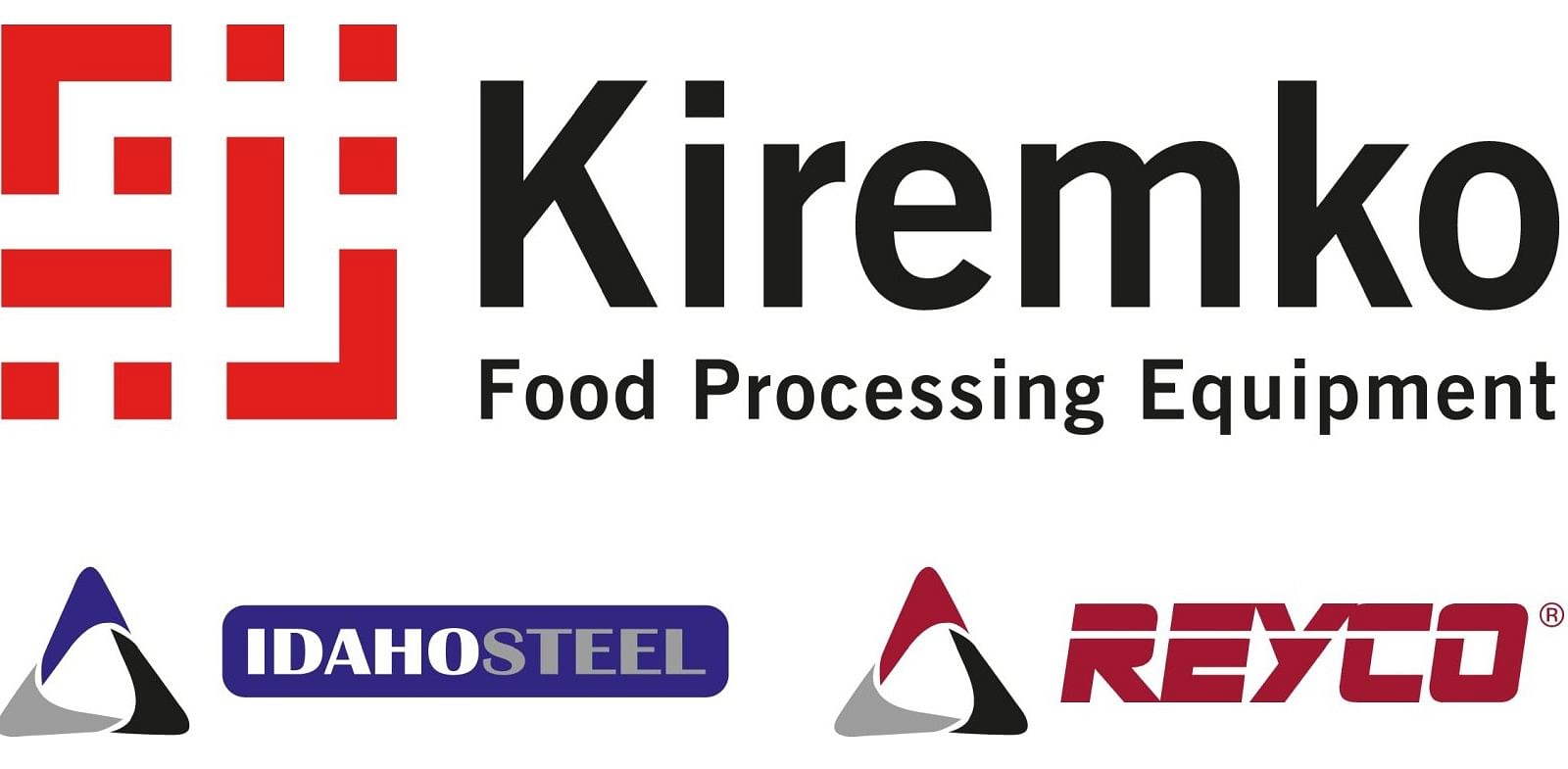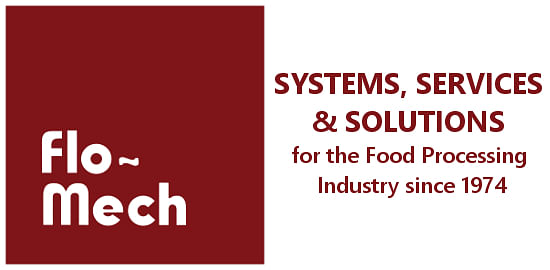Belt blanchers are essential equipment in the potato processing industry, providing continuous, efficient, and uniform blanching for products like French fries, chips, and dehydrated potato slices. They are designed to handle large volumes, preserve product quality, and optimize energy and water use, making them a mainstay in modern processing lines.
- Aprender
- Equipamiento de Procesamiento
- Blanqueadores y Cocinas
- Blanqueadores de Cinta
Acerca de los Blanqueadores de Cinta
Haga clic aquí para ampliar y obtener más información!
How Belt Blanchers Work
Belt blanchers operate by conveying cut potatoes (such as slices or strips) on a moving belt through a heated zone, where they are exposed to hot water or steam. The blanching process is divided into distinct zones—typically warm-up, blanching, and cooling—allowing for precise control over temperature and residence time. This ensures that each potato piece receives uniform heat treatment, which is critical for enzyme inactivation, color retention, and texture control.
- Continuous Operation: The belt system enables constant, high-capacity throughput, making it ideal for large-scale production lines.
- Adjustable Residence Time: The speed of the belt can be adjusted to control how long the potatoes are exposed to heat, accommodating different product sizes and desired blanching effects.
- Heating Methods: Both hot water and steam can be used, either separately or in combination. Steam blanchers are particularly efficient for cut and small potato products, while water blanchers offer uniform treatment at slightly lower temperatures.
- Cooling Zone: After blanching, products often pass through a cooling section to quickly halt the cooking process and prepare them for further processing or freezing.
Types of Belt Blanchers
- Mesh Belt Blanchers: Mesh belt blanchers use a stainless steel mesh belt to convey potato slices or strips through the blanching chamber. The mesh design allows water or steam to circulate freely around the product, ensuring even heat transfer and consistent blanching. These machines are widely used for potato chips and French fries production lines and can be heated by steam, electricity, or gas. The blanching temperature and time are precisely controlled by adjusting the belt speed and heating system.
- Hump Belt Blanchers: Hump belt blanchers feature uniquely shaped belt panels (often perforated stainless steel) that form a circular or “hump” shape at the discharge end. This design helps gently handle products, maintain even flow, and provide uniform blanching—especially important for fragile items like French fries. The hump panels also help convey products up steeper slopes and reduce product sticking and breakage. These blanchers can operate in both immersion and deluge modes, offering flexibility for different product requirements.
- Multi-Zone and Two-Zone Belt Blanchers: Multi-zone or two-zone belt blanchers divide the blanching chamber into separate sections, each with independently controlled temperatures and residence times. This allows for precise control over the blanching process, optimizing enzyme inactivation, color retention, and texture for various potato products. These systems are especially useful for large-scale operations needing high throughput and consistent quality.
Key Features and Benefits
- Uniform Blanching: The belt ensures even exposure to heat, resulting in consistent enzyme inactivation, color preservation, and texture across all potato pieces.
- Preservation of Quality: Blanching in belt systems helps retain the natural color, texture, and nutritional value of potatoes, preventing enzymatic browning and surface sugar buildup.
- Energy and Water Efficiency: Modern belt blanchers feature optimized water and steam usage, reducing operational costs and environmental impact. Some systems use forced steam circulation for rapid, uniform heating and lower consumption.
- Robust, Hygienic Construction: Typically made from stainless steel, these machines are built for continuous operation, easy cleaning, and minimal maintenance.
- Customizable Design: Belt blanchers come in various sizes, configurations, and with options for multi-zone processing, allowing processors to tailor equipment to their specific capacity and product needs.
Applications in Potato Processing
- French fries and potato chips production, where they inhibit enzyme activity and retain color before frying or freezing.
- Dehydrated and pre-cooked potato products, where uniform blanching is crucial for texture and shelf life.
- Other vegetables and multi-product lines, due to their versatility and adjustable settings.
Innovations and Advanced Features
- Multi-Zone and Hump Belt Designs: Some advanced systems feature multiple heating and cooling zones, or unique belt shapes (like hump belts) for gentle handling and improved product flow.
- Steam Plus Water Blanching: Innovative models combine steam and water for rapid, uniform heating and better product quality, while reducing steam and water consumption.
- Automated Controls: Modern blanchers offer precise temperature and timing controls, ensuring repeatable results and easy integration into automated processing lines.
"Belt blanchers play a vital role in the potato industry by delivering continuous, uniform, and efficient blanching for a wide range of products. Their advanced design supports high throughput, superior product quality, and operational sustainability, making them indispensable in both traditional and modern potato processing facilities.."
Browse Companies Offering Blanqueadores de Cinta

Kiremko Food Processing Equipment

